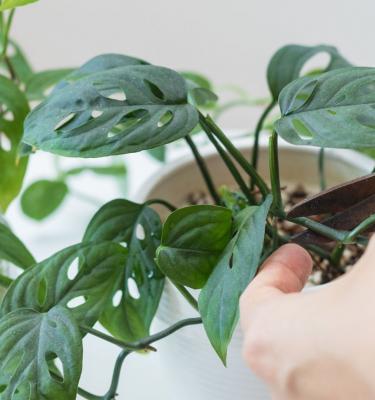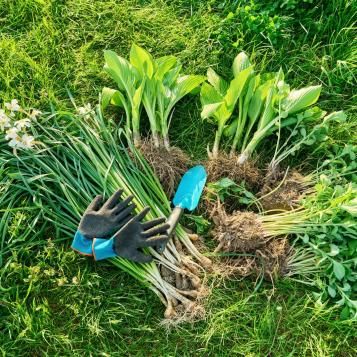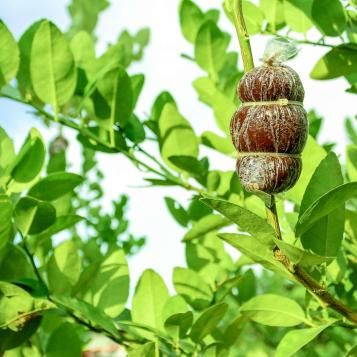
Plant Propagation: Learn How to Propagate Plants
Propagation is a great way to get new plants for free!
Whether the plants are for yourself, or gifts for family and friends, propagation is a highly rewarding activity. Plant propagation can be done either by collecting seeds, taking cuttings, dividing plants or grafting them.
How you propagate best depends on which plants you're wanting to use. Here is our quick guide to learning how to succeed with these common propagation techniques.

Seed Propagation
Lots of plants grow well from seed. Some, such as sunflowers and chillis, take about a week to germinate. Others, like parsley and celery, can take a few weeks or more. Here’s how to do it:
- Sow seeds into a pot or tray of Scotts Osmocote Seed & Cutting Mix.
- Cover with more potting mix.
- Keep moist until the seeds germinate.
- Once seedlings are large enough to handle, move each to individual containers to grow on.
You can read our full guide on how to germinate seeds to understand exactly how to do it.
You should also save seeds from plants that have finished flowering. Marigolds and poppies produce large seedheads that are easy to collect once they have dried on the plant.

Cutting Propagation
Taking cuttings of vegetative material is the best technique when you want the new plant to exactly replicate the original one. Cuttings produce the same plant as the mature specimen, as the young growth was a part of it.
- Identify fresh shoots that show vigorous and healthy growth, and which do not have flowering buds.
- Cut shoots from the plant, just below a leaf joint.
- Trim the cutting to no more than 10cm long.
- Remove the lower leaves.
- Insert into Scotts Osmocote Seed & Cutting Mix.
Taking cuttings is the perfect technique to use for propagating dragon fruit, pothos and monstera.

Plant Propagation by Division
Many plants, such as chives and rhubarb, have multiple stems attached to a single mass of roots. These are ideal plants to propagate from by dividing that rootball into smaller pieces.
- Lift the plant from the soil.
- Slice the rootball into 2-3 smaller pieces.
- Dig a hole slightly deeper than each piece.
- Work a spadeful of Scotts Osmocote Compost into each hole.
- Replant each piece into its final location and water well.
Many plants benefit from being divided regularly - so as well as creating new plants, you are helping the original plant stay healthy too!

Plant Propagation by Grafting
Grafting is the joining of the rootstock of one plant with the top (scion) of another.
- Cut a pencil-thick shoot from a healthy plant, just above a bud. Remove the leaves.
- Choose a rootstock that has a stem of similar thickness to the scion.
- Cut the rootstock to 10cm above the soil surface.
- Make a slit 1cm long and 5mm deep in the middle of the rootstock stem.
- Slice 3cm along the shoot, and insert into the rootstock slit. Hold it in place with grafting tape until united.
Grafting is the best approach for propagating citrus trees, roses and some Aussie natives, like grevilleas.
Common Plant Propagation Problems
- Seedlings and cuttings can be affected by many fungal diseases. Look out for grey or white growth, which can be signs of damping off and powdery mildew. Make sure you clean tools between use, buy a good quality potting mix and ensure good air circulation around the plants.
- Divided plants may not succeed if they lack a healthy root system. Ensure there are plenty of roots attached to each piece.
- Grafting is a challenging way to propagate plants, and it is important to always use a clean, sharp knife. Plants must be closely joined, and both should be from the same plant family.







